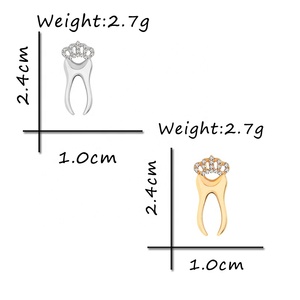Pins Medicine: A Comprehensive Overview
Pins medicine refers to a variety of specialized pins utilized in medical applications, primarily for securing and stabilizing bone fractures or surgical sites. These pins come in different designs and materials to serve the specific needs of healthcare professionals and patients. Understanding the types, functions, and advantages of pins medicine can significantly enhance their utility in clinical settings.
Types of Pins Medicine
There are several types of pins medicine available, designed to cater to various medical needs:
- Kirschner Wires (K-wires): Thin, flexible wires typically used for holding fractured bones in place during healing.
- Steinmann Pins: Stiffer and thicker pins compared to K-wires, used for more robust fixation in complex fractures.
- Intramedullary Pins: Used within the medullary cavity of long bones, providing internal support and stabilization.
- Compression Pins: Designed to compress fracture fragments together, enhancing the healing process.
- Epiphyseal Pins: Used to stabilize fracture areas near the growth plate, especially in pediatric patients.
Function and Feature of Pins Medicine
Pins medicine serves multiple functions in the medical field, each with unique features that make them suitable for specific situations:
- Stability and Support: Pins provide essential support to fractured bones, enabling healing while minimizing movement.
- Minimally Invasive: Many pins medicine options are designed for minimally invasive procedures, reducing recovery time and complications.
- Adjustability: Some models allow for adjustments post-surgery, enabling doctors to modify the support as needed during recovery.
- Radiolucency: Certain pins are made from materials that do not interfere with X-ray imaging, allowing for easy monitoring of healing progress.
- Biocompatibility: Most pins are constructed from materials that do not elicit an adverse reaction in the body, ensuring patient safety.
Applications of Pins Medicine
The applications of pins medicine cover a broad range of medical scenarios, enhancing surgical outcomes across several fields:
- Orthopedic Surgery: Primarily used for the stabilization of fractures and corrective alignments in bony structures.
- Pediatric Orthopedics: Essential in treating children's fractures, allowing for growth adjustments and minimizing complications.
- Trauma Surgery: Crucial in emergency settings where rapid stabilization of fractures is required to prevent further injury.
- Sports Medicine: Employed in reconstructive procedures for athletes recovering from joint or bone injuries.
- Reconstructive Surgery: Help in stabilizing bone segments during the healing process post major surgeries.
Advantages of Using Pins Medicine
Utilizing pins medicine offers numerous advantages for both healthcare providers and patients, making them invaluable tools in modern medicine:
- Enhanced Healing: Pins provide the necessary stability for bones, facilitating quicker and more effective healing.
- Reduced Complications: Their design minimizes soft tissue damage and enhances patient safety during procedures.
- Long-term Outcomes: Appropriate usage of pins can improve long-term functionality of affected limbs or joints.
- Cost-effective Solutions: Pins are often more affordable and accessible compared to complex surgical options, reducing overall healthcare costs.
- Improved Mobility: By ensuring proper healing, pins medicine allows patients to regain mobility sooner than with other traditional methods.























































 Ready to Ship
Ready to Ship